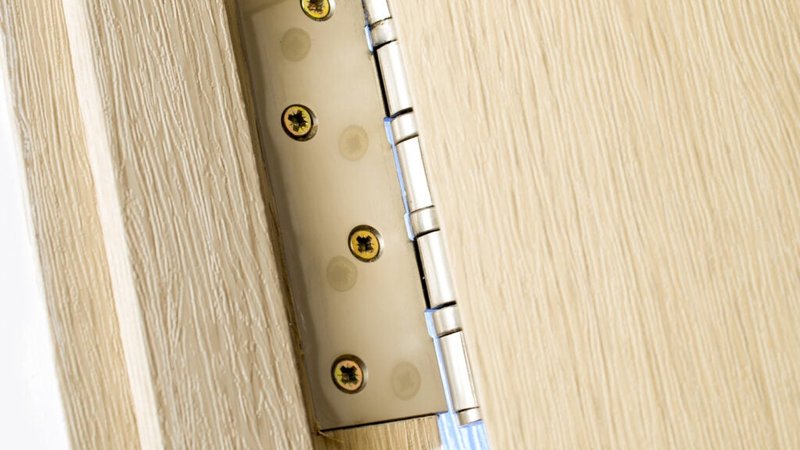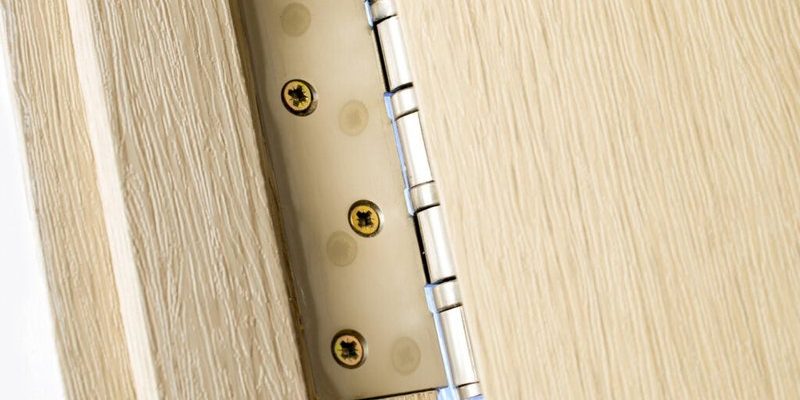
We’ll walk through how to troubleshoot hardware on a warped door step by step. Whether you’re dealing with wooden doors that have warped due to humidity or metal doors that just seem to have a mind of their own, understanding how to address these issues will save you time and hassle. Plus, it’s a great skill to have under your belt for home maintenance.
What Causes a Door to Warp?
Before diving into troubleshooting, it’s essential to understand *why* your door might have developed a slight warp. Common culprits include changes in humidity, temperature fluctuations, and even poor installation.
1. Humidity and Moisture: Wood is particularly susceptible to moisture. When it absorbs humidity, it can swell and cause warping. On the flip side, dry conditions can lead to shrinkage.
2. Temperature Changes: Metal doors can also warp, though they don’t absorb moisture the same way. Extreme hot and cold temperatures can cause metal to expand or contract, leading to misalignment.
3. Improper Installation: If a door isn’t installed correctly, it may not have enough clearance or might be too tight against the frame, which can lead to warping over time.
Knowing these factors can help you keep an eye out for potential problems and act quickly when you notice changes.
Identifying the Type of Warp
Now that you know what causes warping, the next step is identifying *what kind* of warp your door has developed. There are three main types, and recognizing them helps in determining the best fix.
1. Bowed Warp: This is where the door bows in or out in the middle. You might notice a gap at the top or bottom while the middle sticks out.
2. Cup Warp: In this case, the door curves inward on one side, almost like a dish or bowl. This often results in uneven gaps along the edges.
3. Twist Warp: Here, one corner of the door is higher than the opposite corner, causing it to twist. This can make it tricky to open and close without some effort.
You might be wondering why it matters to identify the type of warp. Well, different issues require different solutions!
Assessing Hardware Impact on a Warped Door
Once you’ve identified the warp, the next step is to see how it impacts the door hardware. Take a close look at the hinges, locks, and any other hardware attached.
1. Hinges: Check if the hinges are misaligned or if they’re mounted too tightly against the door frame. Misalignment can occur when the door warps, making it difficult to open and close.
2. Locks: If the door isn’t closing properly, the lock might not align with the strike plate. This can lead to issues with security and convenience.
3. Weatherstripping: A warped door may not seal properly, which can affect energy efficiency. If gaps exist, the weatherstripping may not make contact, leading to drafts.
Taking a moment to assess how the warp is affecting your hardware will give you clues on what needs to be adjusted.
Adjusting Hardware for a Warped Door
Now it’s time to roll up your sleeves and make adjustments. Here’s how to tackle the most common hardware issues caused by a warped door:
1. Realigning Hinges: If the hinges are out of alignment, try tightening the screws. If they’re stripped, you might need to replace them or use a wood filler to secure them better.
2. Adjusting the Strike Plate: If the lock isn’t catching properly, consider repositioning the strike plate. This often involves unscrewing it, adjusting its position, and re-screwing it to fit the new alignment.
3. Trimming the Door: In some cases, trimming the door may be necessary. Use a plane to shave off a little bit of material from the edge that’s sticking. Just take off a small amount and test the fit frequently.
These adjustments can often resolve basic issues, but always remember to check your work as you go.
Using a Door Stop to Mitigate Future Warping
After you’ve made adjustments, consider using a door stop to prevent future warping. A door stop can help maintain proper positioning and protect against unwanted movement.
1. Moisture Control: If moisture is a concern, it’s smart to keep a dehumidifier in areas where wooden doors are exposed to dampness.
2. Regular Maintenance: Schedule regular checks on your doors and hardware, looking for signs of wear or warping.
3. Quality Installation: If you’re installing a new door, ensure it’s properly fitted and sealed. Preventive measures can save you from headaches down the line.
Taking these steps can ensure your door stays in good shape longer, reducing the chances of it warping again.
When to Call a Professional
While many issues can be solved with some DIY adjustments, there are times when it’s best to call in a professional.
1. Severe Warping: If the warp is significant, it might require professional tools and expertise to fix. Sometimes, replacement is the best option.
2. Structural Issues: If you suspect that the warping may indicate a deeper issue, like foundational problems, don’t hesitate to reach out for help.
3. Time Constraints: Let’s face it—sometimes life gets busy. If you don’t have the time or tools to fix the door yourself, a professional can save you effort and stress.
Recognizing when to get help can save you time and potentially costly mistakes.
Final Thoughts on Hardware Troubleshooting for Warped Doors
Dealing with a warped door can seem daunting, but with the right approach, it becomes manageable. Start by identifying the warp, assess how it impacts your hardware, and make the necessary adjustments.
Remember, regular maintenance and preventive steps can go a long way in preventing future issues. Whether you choose to tackle these repairs yourself or opt for a professional, staying proactive will keep your doors in great working condition.
So, the next time you notice that door acting up, you’ll know just what to do!
